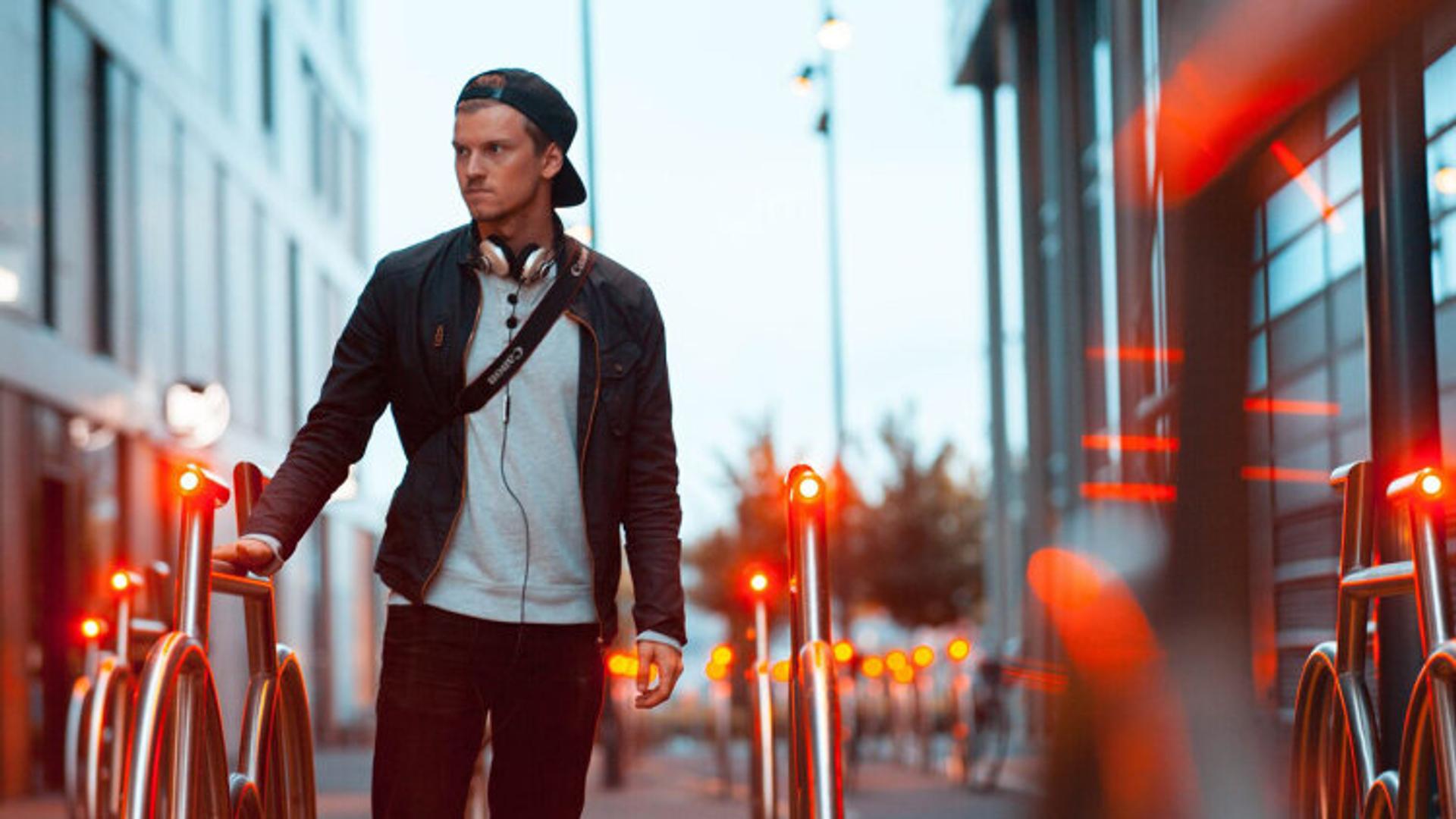Smart cities in Norway enhance quality of life and reduce emissions

What is a smart city?
There is no sole definition of what a smart city is. There are, however, a number of common components. Smart transportation systems – also known as smart mobility – enable more people to move around more quickly. Smart buildings do not waste precious energy. Smart health services simplify and optimise registration, diagnosis and medication of patients. And smart government makes it easier for inhabitants to find information and influence decision-making processes in their city.
Moreover, smart cities make active use of the Internet of Things (IoT) and open data to optimise the flow of energy, people and data.
IoT refers to the network of physical objects that contain, for example, software or sensors that allows the things to be connected to the Internet and each other. The objects can thereby interact and exchange data, as well as be remotely controlled or automated. IoT solutions may also involve cloud services and artificial intelligence (AI).
Norway leads the way in smart cities
Norway has a strong innovation culture, highly technologically literate citizens, and a public sector that uses stringent procurement requirements to promote fresh thinking and sustainability. The country is also dedicated to creating smart cities and has even drawn up a national roadmap to lead the way.
Below are some areas where Norway stands out.

Smart buildings, energy-positive buildings and innovative public procurement
Buildings account for roughly 40 per cent of global energy consumption. Smart technology based on IoT can improve energy efficiency in buildings dramatically. Sensors, for example, can collect data needed to automatically control lighting, heating and cooling – ensuring that these are delivered precisely when and where they are needed.
Norway is a leader when it comes to implementing this technology on a large scale. For example, Statsbygg – which is responsible for all government-funded construction projects – is investing heavily here. This has opened up the market and made similar solutions more accessible for private actors. Norway also promotes advances through stringent requirements for energy use in new buildings.
In the private sector, the Powerhouse alliance is developing energy-positive buildings that generate more energy than they consume throughout their lifespan. Powerhouse and similar Norwegian firms have been attracting significant international attention as spearheads for energy-positive architecture.
Smart cities need smart mobility
With about 1 million inhabitants, the greater Oslo region is an excellent test lab for smart, green transport solutions. Ruter – the public transport company for the region – has stated that all its modes of transport will become emission free by 2028.
In Bergen in Western Norway – which is Norway’s second largest city with a population of just over a quarter million – shared mobility is the keyword. The city has opened several of what will be about 10 mobility hubs. The core of each hub is made up of permanent, reserved parking spaces for car-sharing cars, primarily electric ones. Mobility hubs are located close to public transport and ride-sharing stops, and offer secure bicycle parking, access to city bikes and chargers for electric vehicles.

Stavanger in Southwest Norway, meanwhile, has a population of just under 130 000. In 2019 it received the Mobility Award from the Norwegian Public Roads Administration and was simultaneously named Norway’s smartest city.
Norway even has a public funding scheme – Pilot-T – to support the development of innovative and export-friendly smart mobility solutions.
Open data makes smart city solutions possible
Norway is a champion of open data, and the Agency for Public Management and eGovernment (Difi) runs a national registry of open data from the public sector.
The registry contains data in numerous areas, including the environment, health, geography, agriculture, traffic and demographics, and it is available for use by everyone. In the context of smart cities, for example, car-sharing companies can use traffic data and data from the Norwegian Mapping Authority to determine the demand for their services.
Access to such extensive open data makes it easier for entrepreneurs, innovators and others to identify problems and opportunities and develop smart solutions for smart cities.